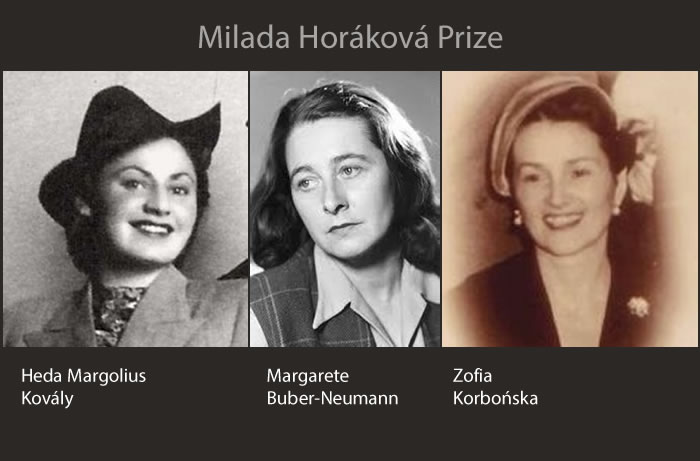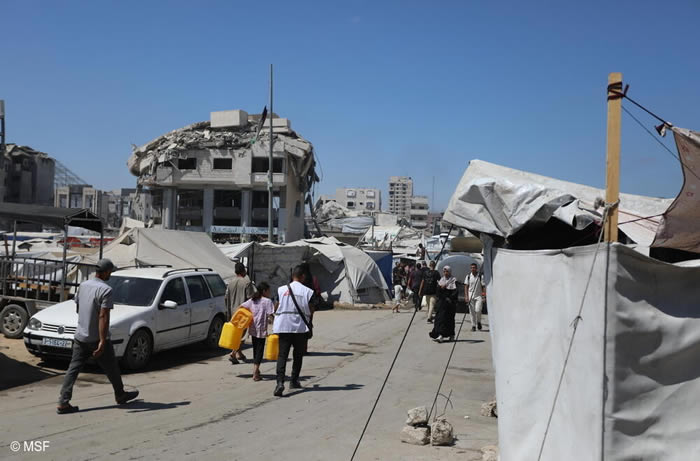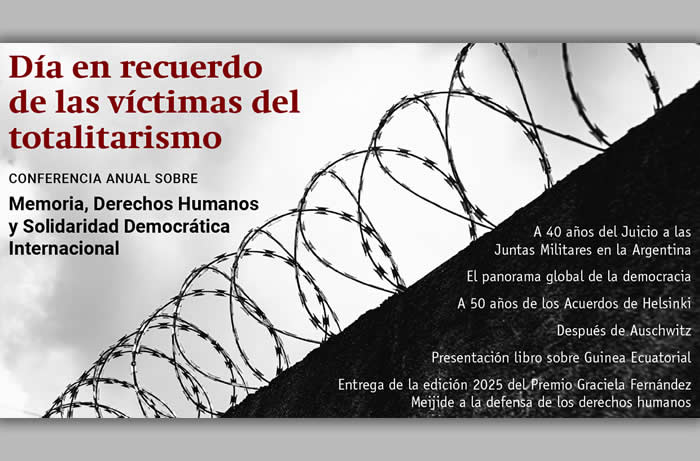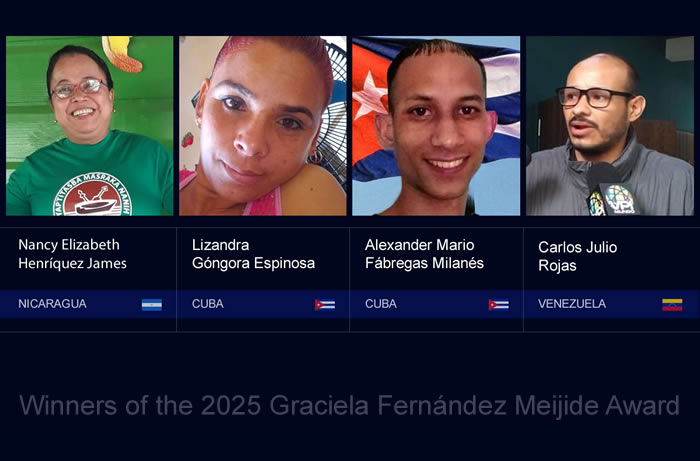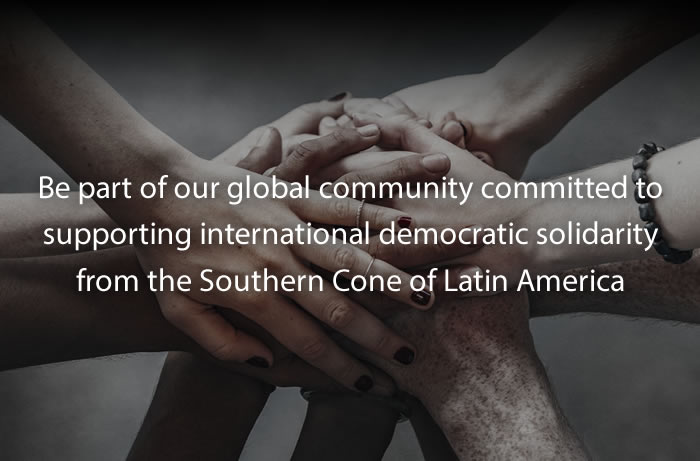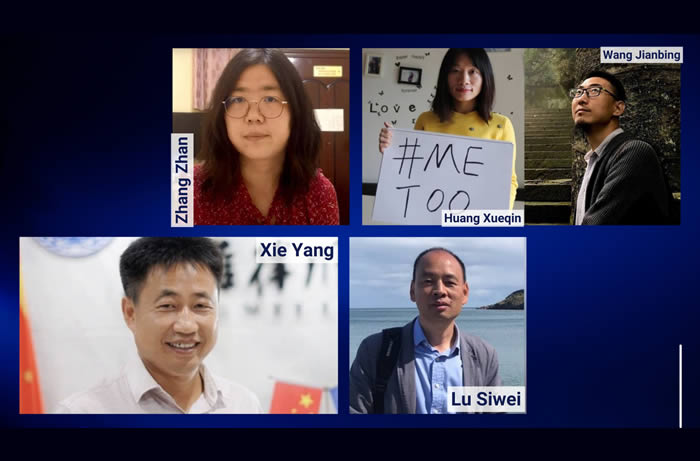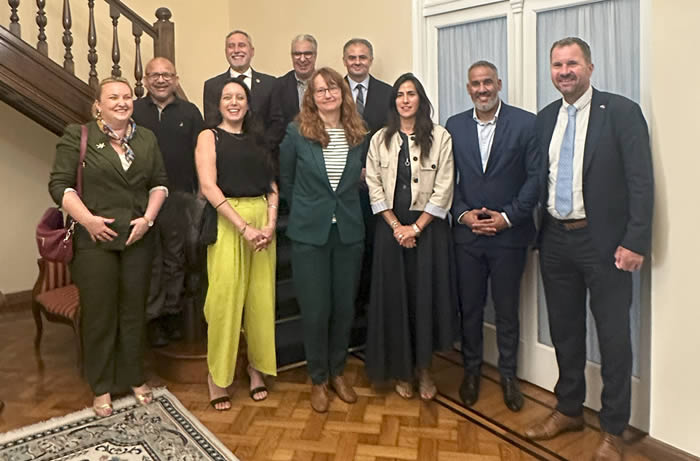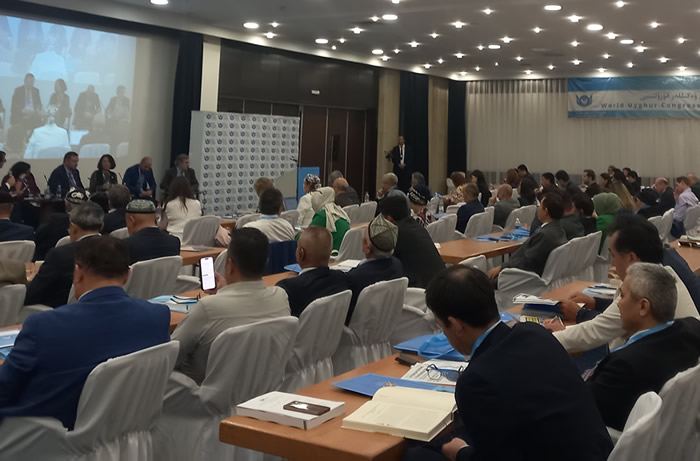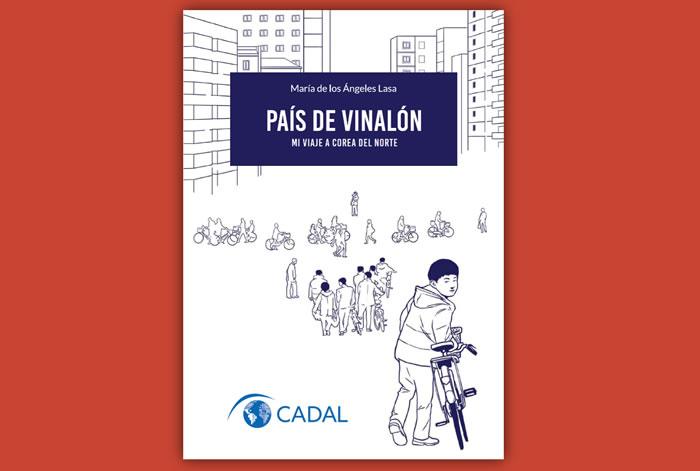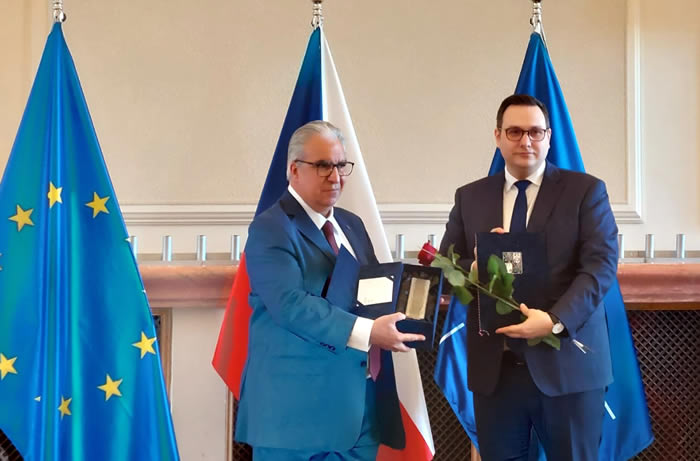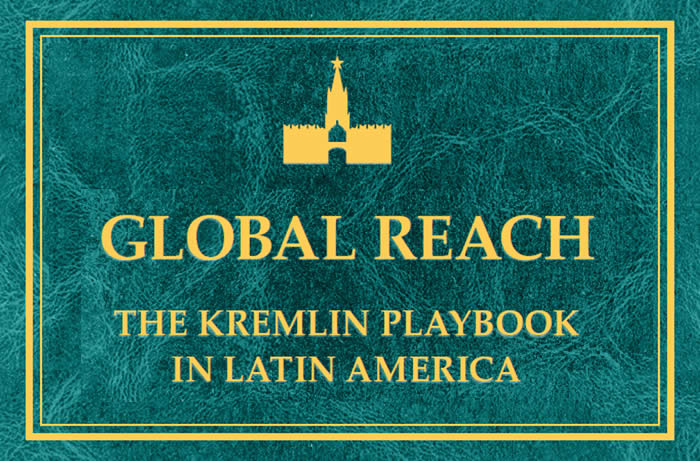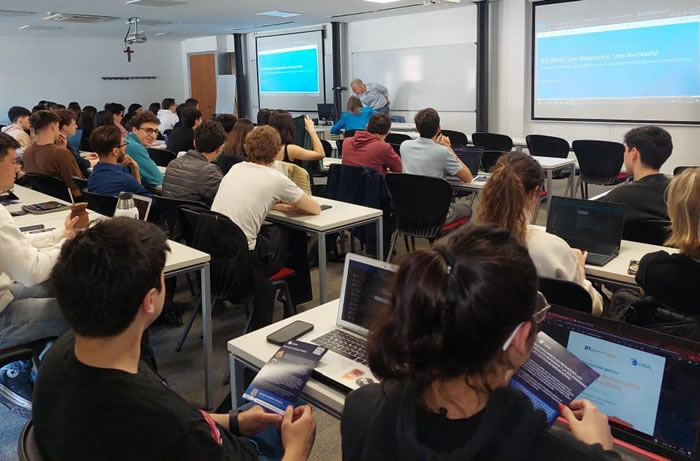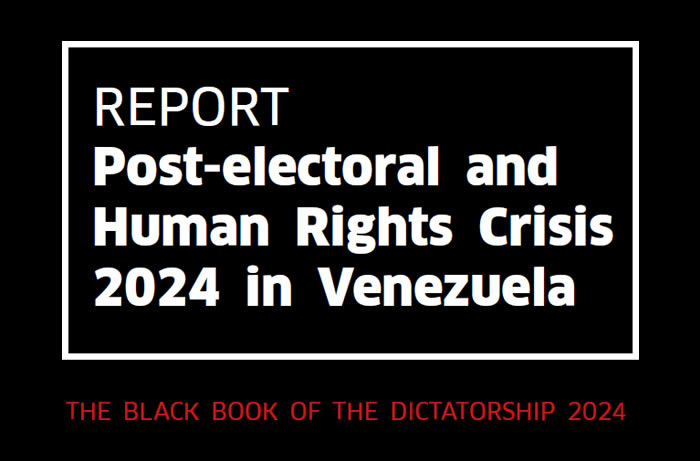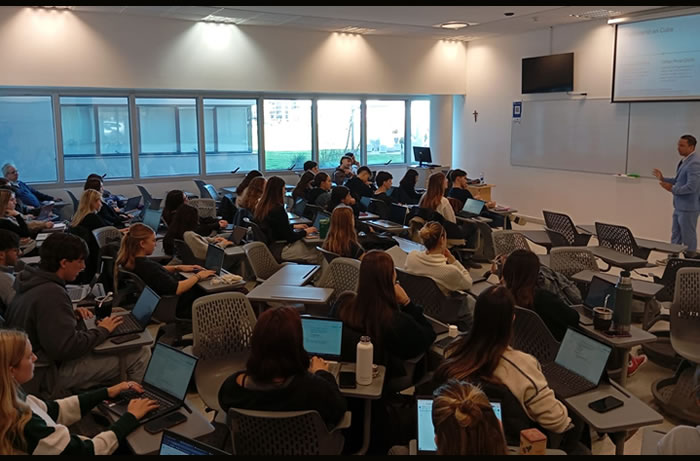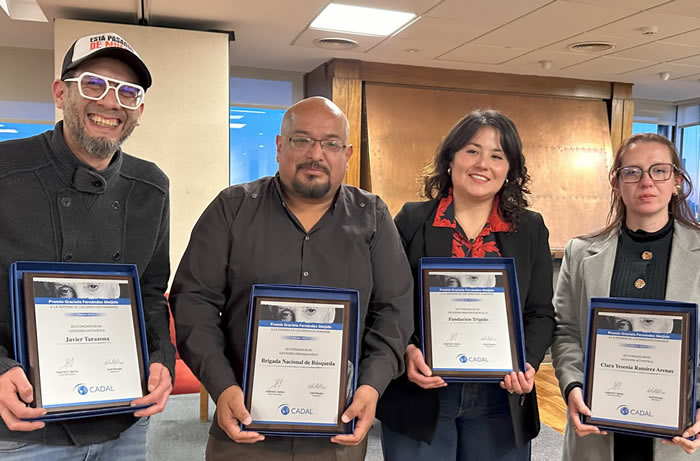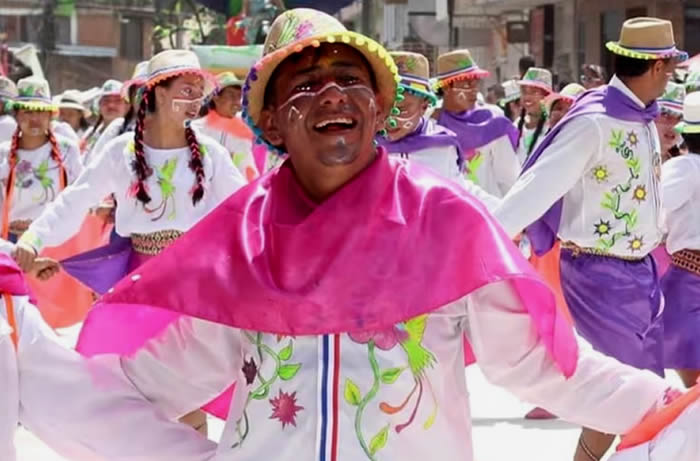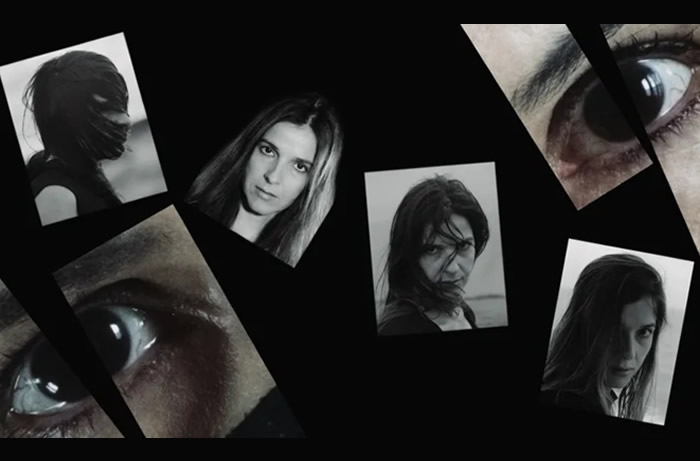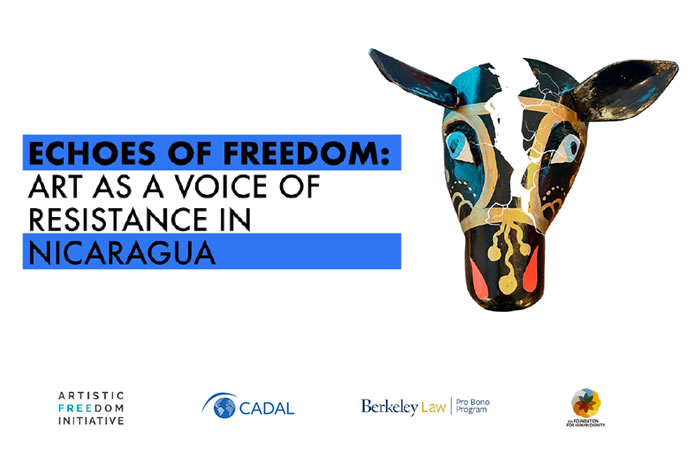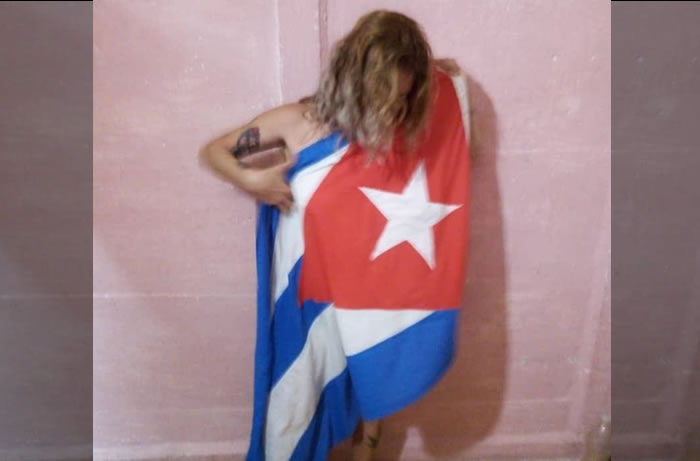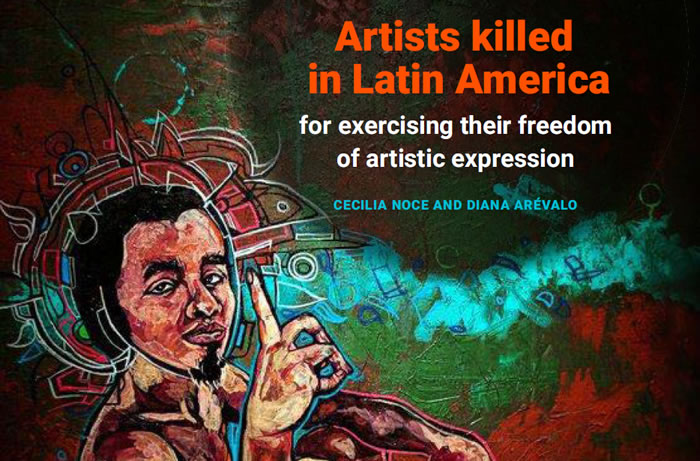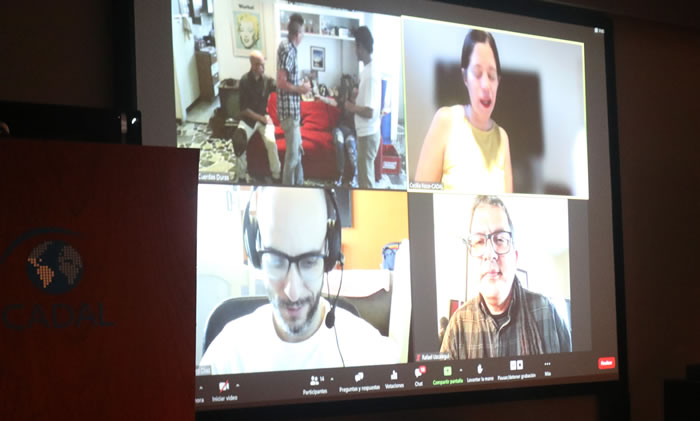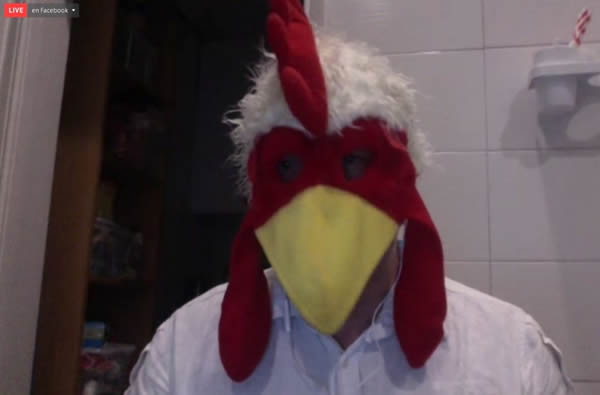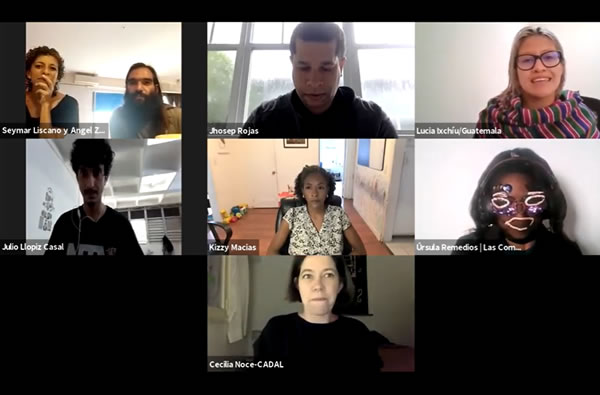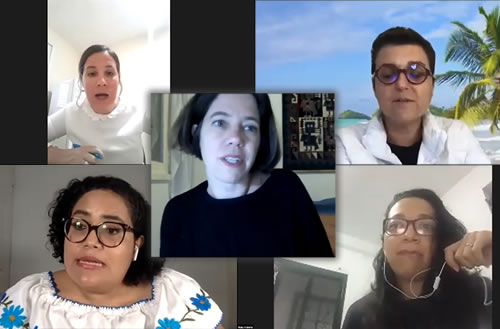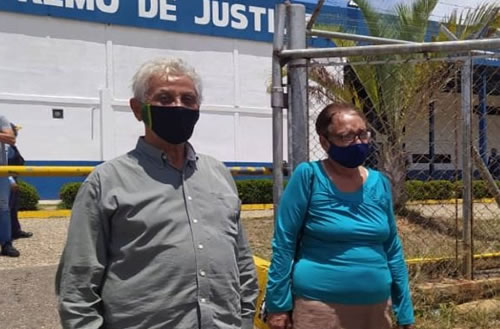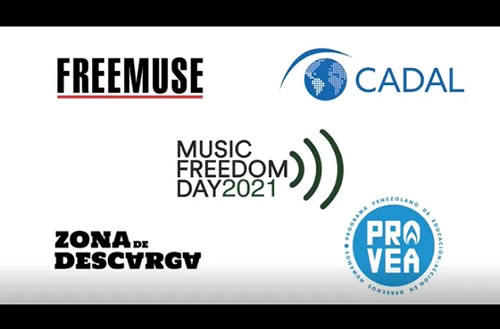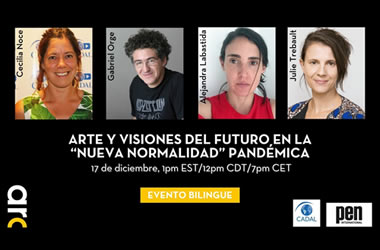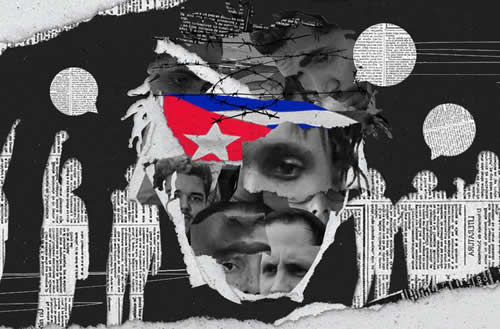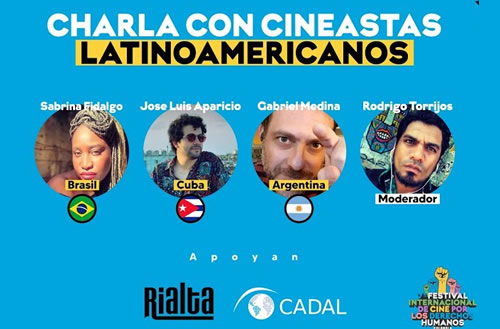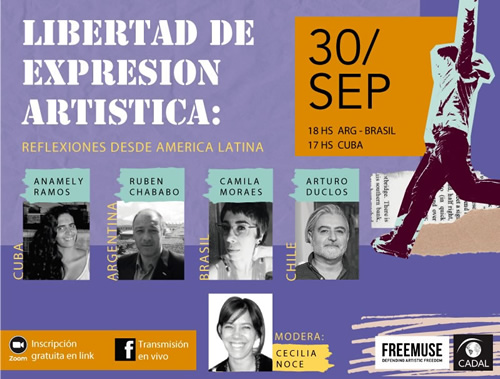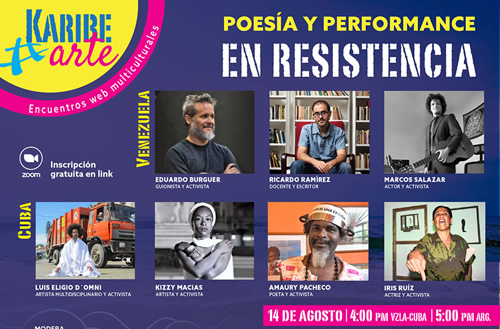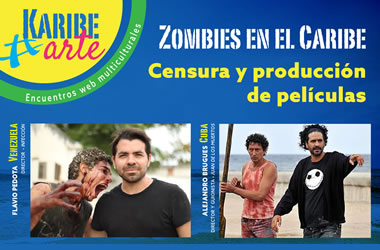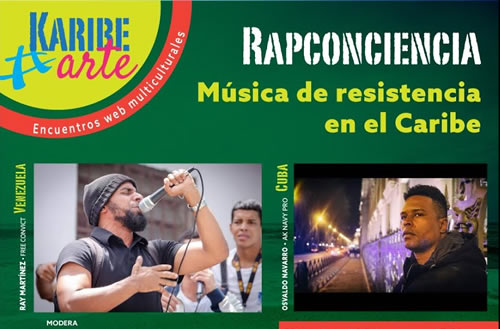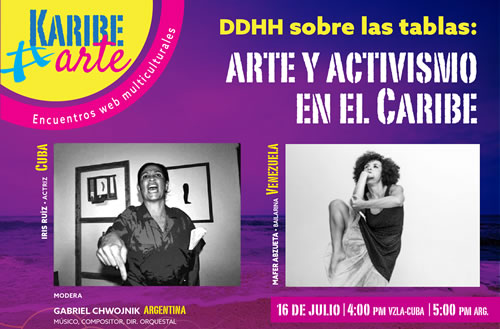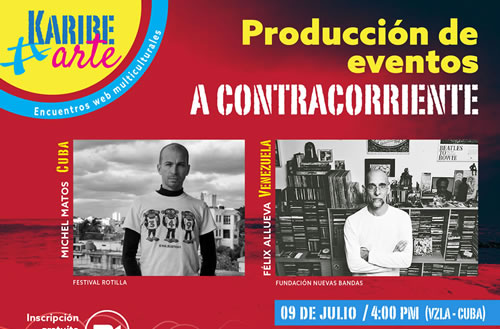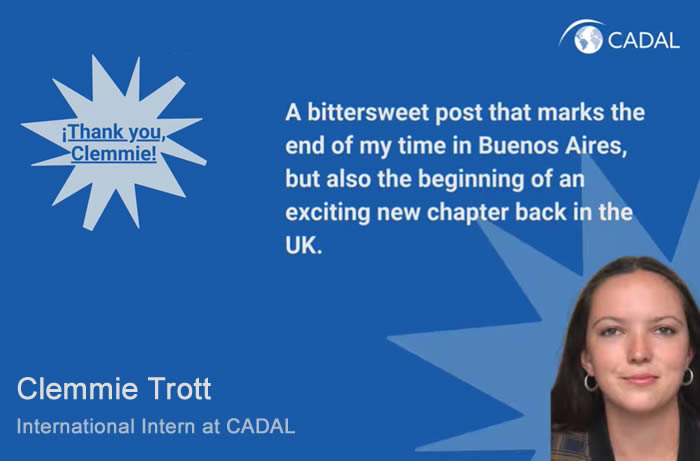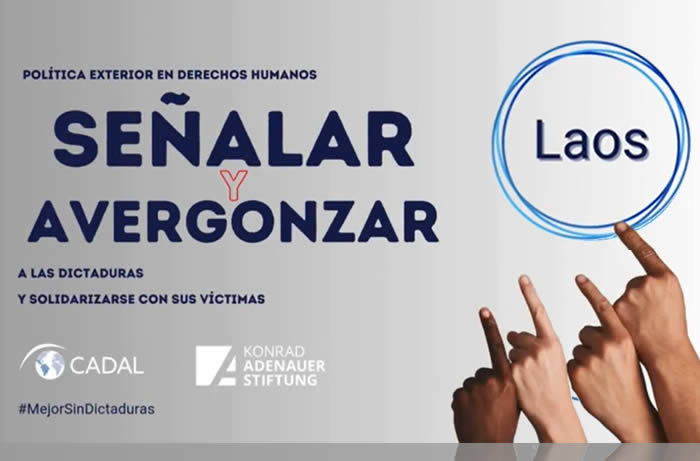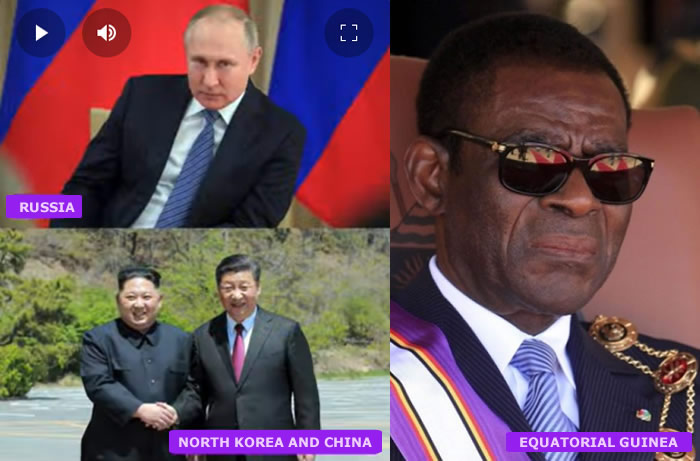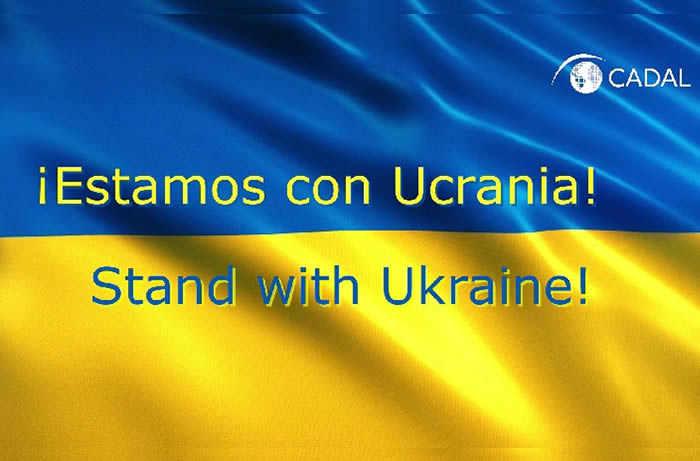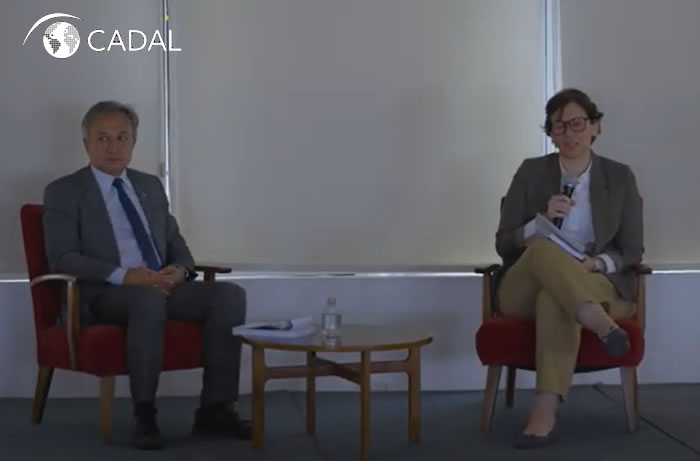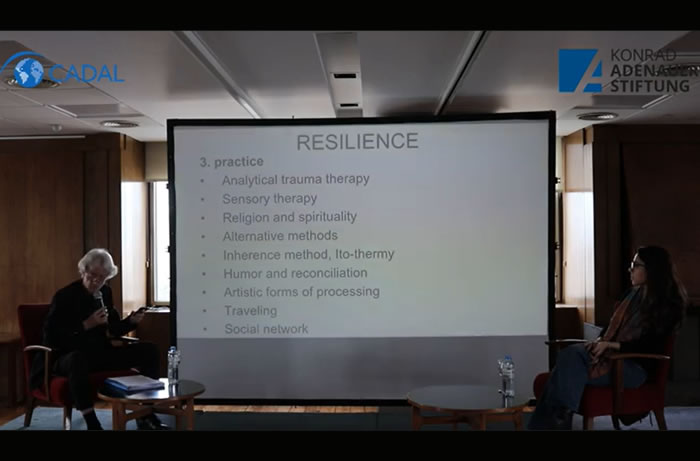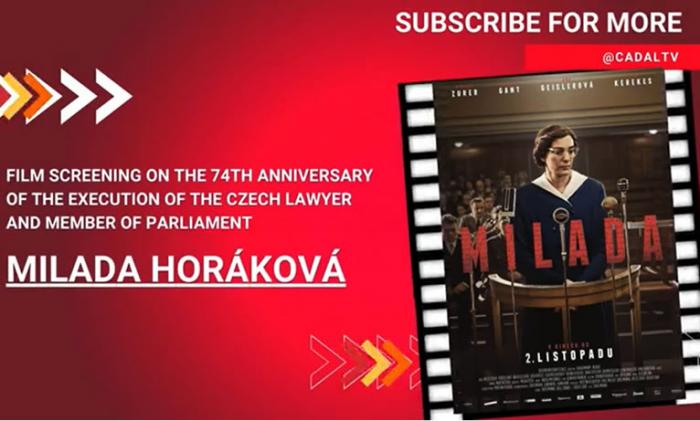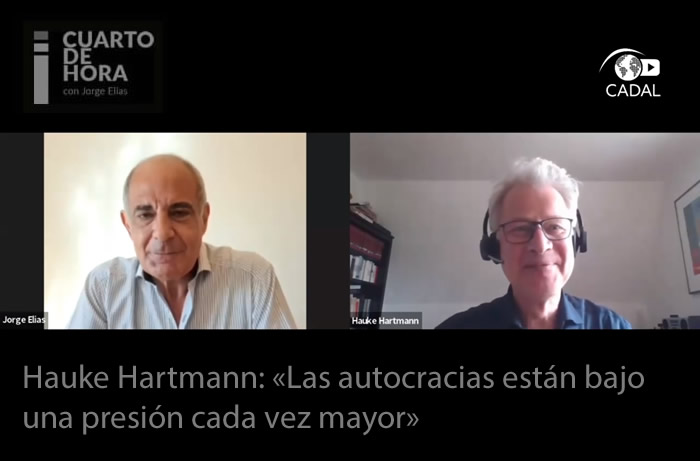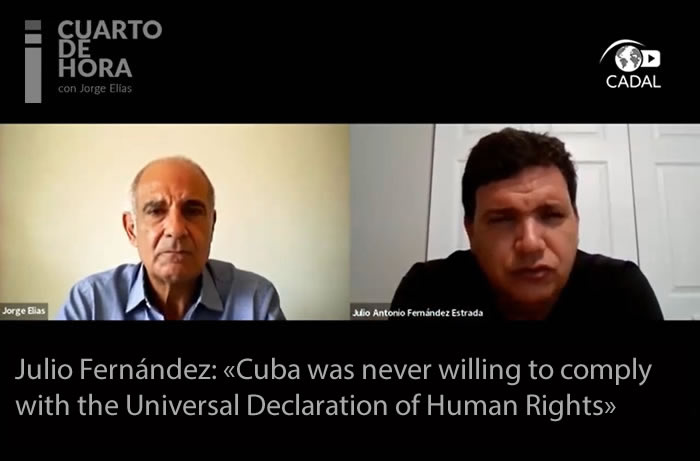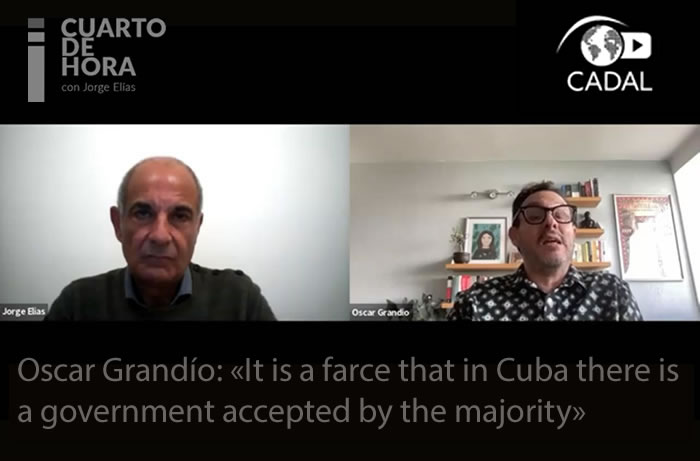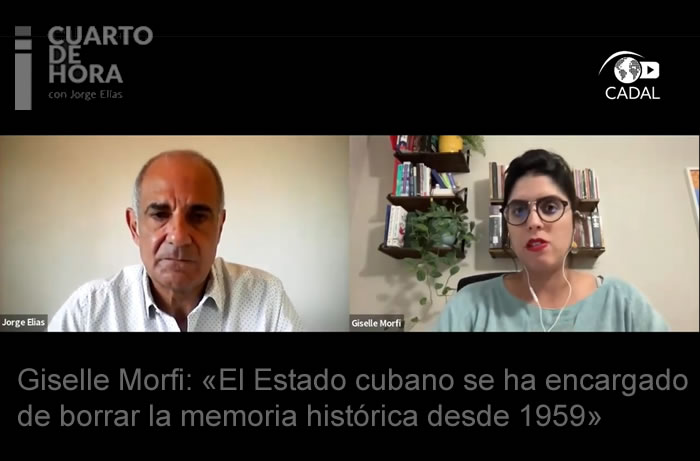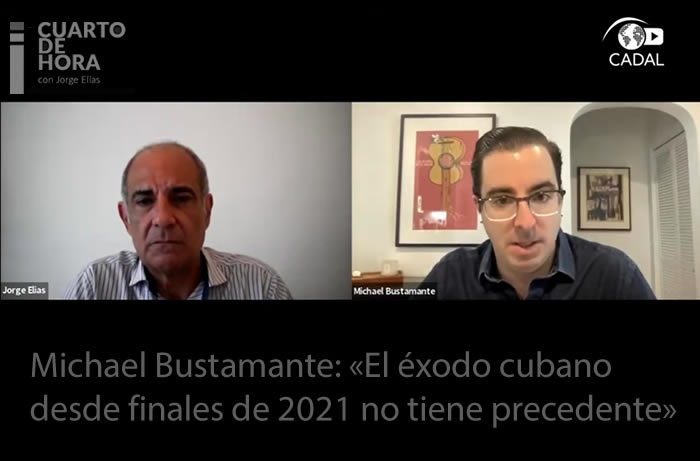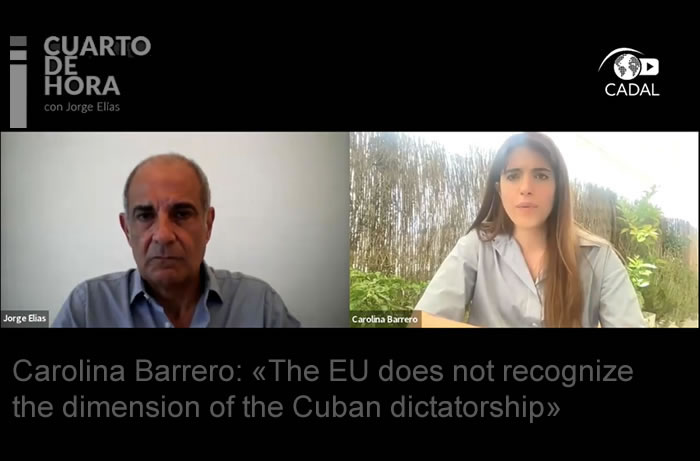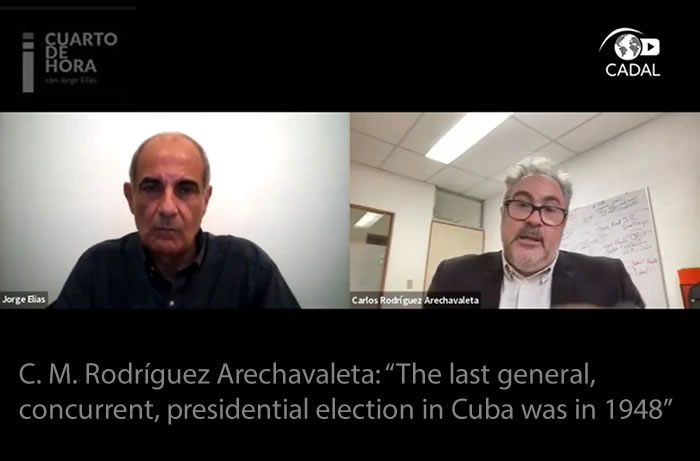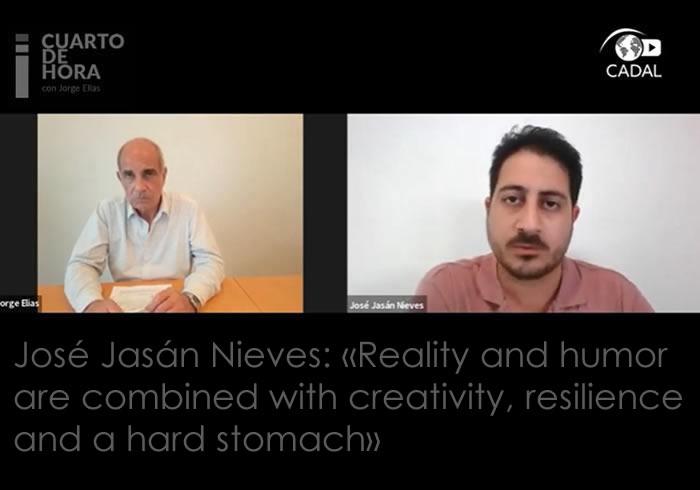Statements
Defense of the Freedom of Artistic Expression
«Arte en resistencia»: digital exhibition by Movimiento San Isidro
«We are proud to present Arte en Resistencia, a virtual 3D gallery experience we are launching in tandem with the Oslo Freedom Forum. Held in partnership with Human Rights Foundation’s Art in Protest program, Arte en Resistencia reflects on the phenomenon of how art as a form of resistance has become a cultural practice in Cuba. Movimiento San Isidro (MSI) artists and protagonists of the Cuban artivism movement Luis Manuel Otero Alcántara, Amaury Pacheco, Yasser Castellanos, Afrik3Reina, and Katherine Bisquet are featured in this unique virtual space».
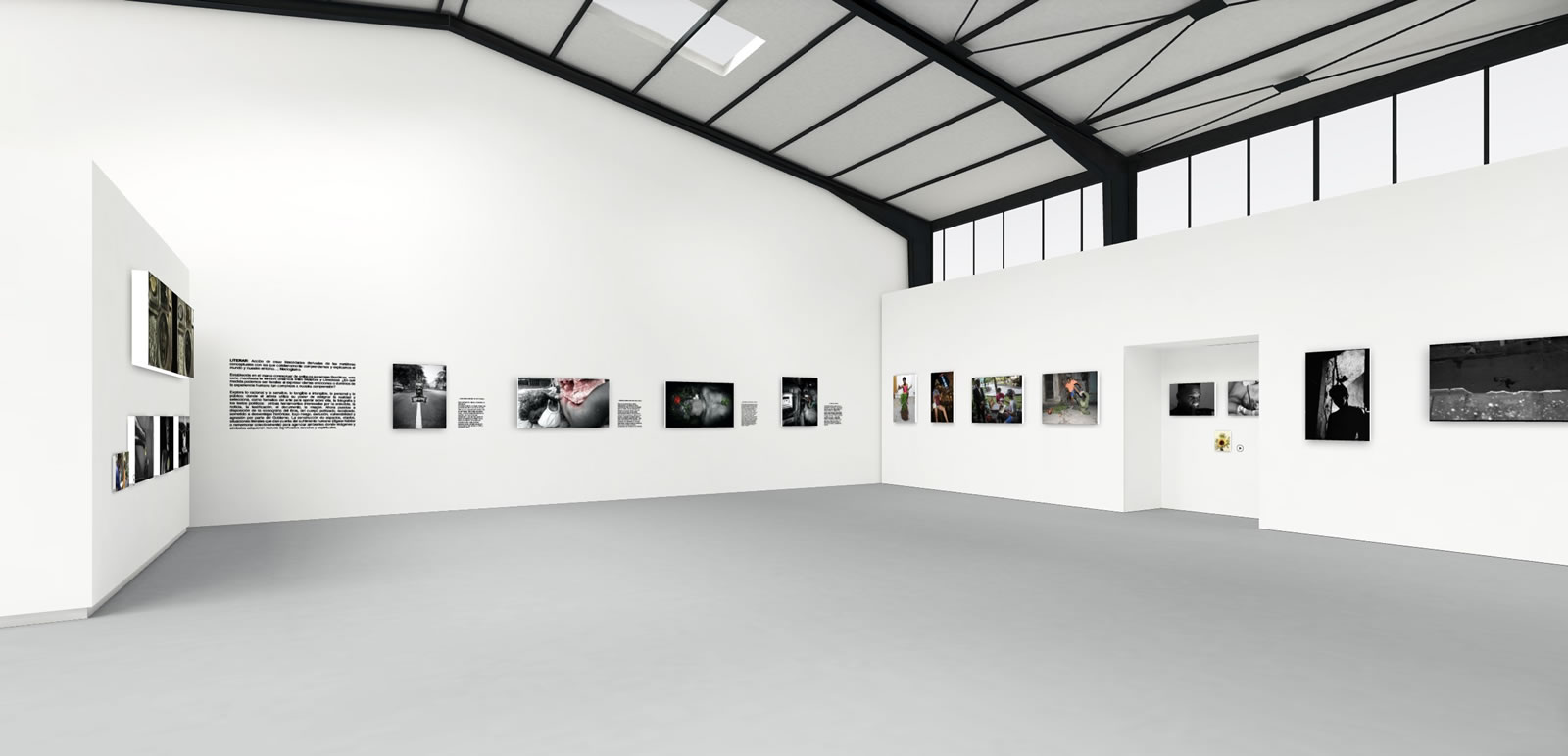
Making art in Cuba is an act of total resistance, and this includes everything from painting a flower, reading a poem, to making—or even trying to make—work that could be perceived as critical in character. The simple act of creating, of wanting to say something, becomes a form of resistance that goes beyond denunciation for denunciation’s sake. To simply exist is an act of resistance on an island known for the repressive character of those ruling over it.
This project is a reflection on the phenomenon of how art as a form of resistance is a cultural practice in Cuba. Its intention is to present the work itself; work that normally goes unnoticed in the face of the commotion caused by political repression. The fundamental objective is to hold up a metaphorical magnifying glass on the artists’ work.
Luis Manuel Otero Alcántara, Amaury Pacheco, Yasser Castellanos, Afrik3Reina, and Katherine Bisquet are the protagonists of this scene. They create, they make art, they exist. They become a force of resistance against the established ways of understanding reality and history, and against the established forms of knowledge and how they are expected to interact with the world. They react to the systems of representation, and therefore of hierarchization, which legitimizes and sustains current power structures.
When observing and analyzing their trajectory as artists, one tends to observe only the intentional repression by the regime to which they are constantly subjected. All of the persecution, harassment, and violence of which they are victims is notorious, and therefore their work is not truly seen. Everyone who approaches does so from a political point of view, viewing the art as resistance, but not as work that can generate merely aesthetic reflections or prompt alternative questioning. Therefore, in Cuba, many of these platforms do not function, because both the independent and the state platforms are constructed as platforms of repression. Culture is dying.
Their art, which, after all, is a reflection of Cuban reality, tries to save itself from the burning of senses, ideologies, and representations, appealing to its condition of immediate and active presence, accentuating its performative dimension. It seeks a dialogue with the spectator, who is conditioned, but hungry; curious and in need of understanding; resisting, and also saving themselves from the delegitimizing content imposed by those in power. Therefore, it is necessary to draw attention to these thoughtful individuals, who, more than simply being political artists, find in drawing, painting, and performance, a way of turning their own aesthetic questionings on their heads.
Thus, it is the art that becomes an exercise of resistance and protest, using its qualities as opposition to totalitarian power. It reveals the powers of falsehoods, the artifices of the images, the perversion of simulations. The art scene—by definition a space of play, deception, and illusion—is stripped naked to expose a society that is increasingly repressed but desperately longs for truth and light.
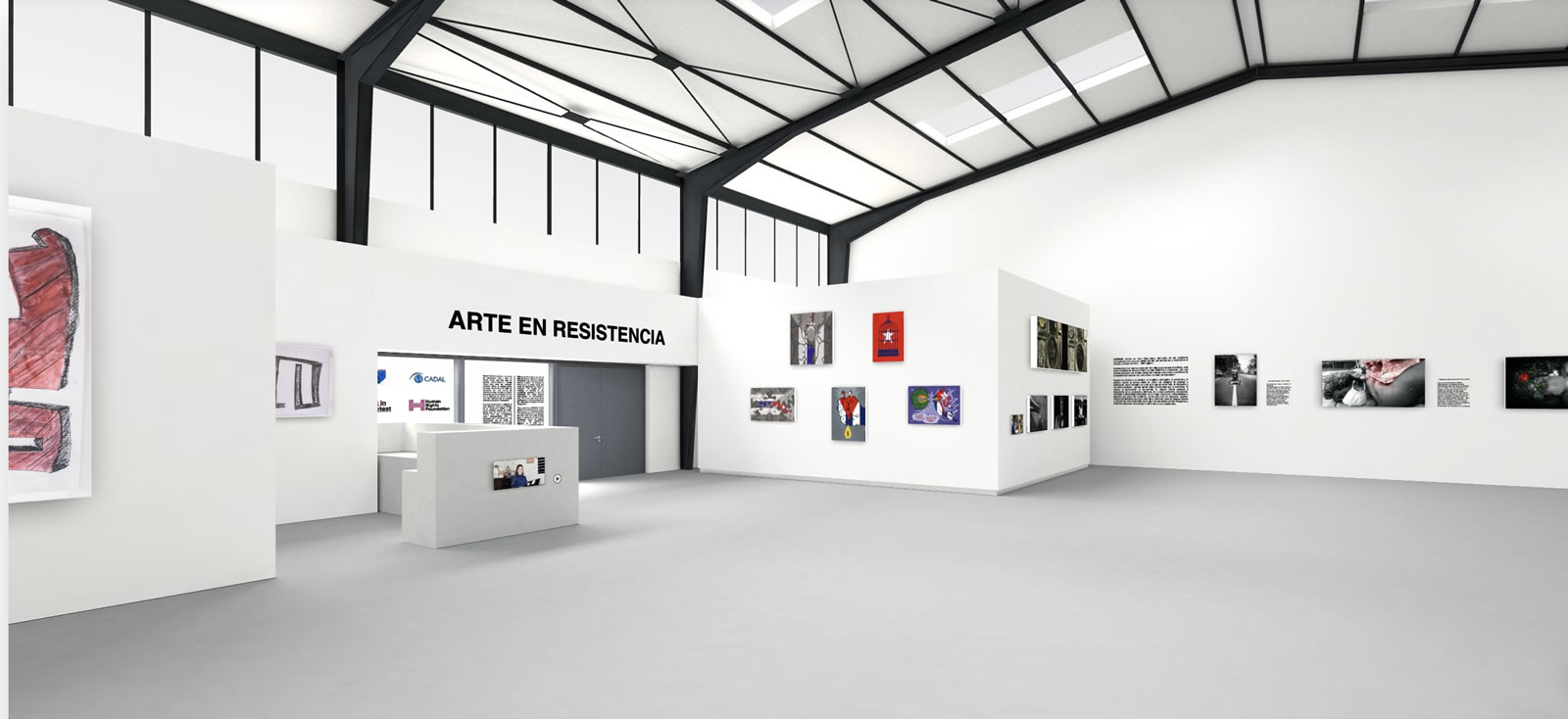
About the artists
Luis Manuel Otero Alcántara is a visual artist and one of the co-founders of Movimiento San Isidro. He is known for his With everyone, but only for a few series (2017), a three-part public performance that highlights the contradictions of the new high end tourism industry in Havana and the poverty under which the vast majority of Cubans live in, and the online piece I love Canada, Canada love (2016), in which he criticizes the arbitrariness of power and its impact on people’s lives. Otero Alcántara is also one of the founders of the award-winning online Dissidence Museum and one of the organizers of the #00 Bienal Alternativa de La Habana, an independent version of Havana’s Biennale, which became the target of government censorship.
Amaury Pacheco, also known as Omni Poeta, is a poet, performer, audiovisual artist, and civil society activist, recognized as one of the most influential figures in Cuban independent art. His essays and poems have been published in magazines such as Identidades, Voces, and E-flux. He is the founder of the Omni Zona Franca group, which he directed until 2014, and which has created one of the most important spaces for independent artists and civil society in general in Cuba.
Yasser Castellanos is a painter and a rapper. He began his artistic career in his hometown of Alamar, where he actively participated in the OMNI Zona Franca project. He is currently an illustrator at the Havana Times digital newspaper.
Afrik3 Reina is a musician, spoken word artist, educator, and human rights activist. Her work serves a motivational voice for black and mixed Cubans, seeking to infuse consicioness into the communtiy and end racial discrimination and gender-based violence in the country. She is a member of Movimiento San Isidro and the leader of Activ@ Àşé, a community project focused on the empowerment of black women.
Katherine Bisquet is an award-winning author, poet, and artist from Cuba. She has published two poetry books, Algo aquí se descompone (2014) and Ciudad Nuclear mon amour (2020), and her work has been featured in several magazines, such as Vice en Español, El Estornudo, Hyperallergic, and Hypermedia. In 2018, she was one of the organizers and curators of the Biennale #00 of 2018, an alternative to the regime-sponsored art event in Havana.
To visit the exhibition click here.

Making art in Cuba is an act of total resistance, and this includes everything from painting a flower, reading a poem, to making—or even trying to make—work that could be perceived as critical in character. The simple act of creating, of wanting to say something, becomes a form of resistance that goes beyond denunciation for denunciation’s sake. To simply exist is an act of resistance on an island known for the repressive character of those ruling over it.
This project is a reflection on the phenomenon of how art as a form of resistance is a cultural practice in Cuba. Its intention is to present the work itself; work that normally goes unnoticed in the face of the commotion caused by political repression. The fundamental objective is to hold up a metaphorical magnifying glass on the artists’ work.
Luis Manuel Otero Alcántara, Amaury Pacheco, Yasser Castellanos, Afrik3Reina, and Katherine Bisquet are the protagonists of this scene. They create, they make art, they exist. They become a force of resistance against the established ways of understanding reality and history, and against the established forms of knowledge and how they are expected to interact with the world. They react to the systems of representation, and therefore of hierarchization, which legitimizes and sustains current power structures.
When observing and analyzing their trajectory as artists, one tends to observe only the intentional repression by the regime to which they are constantly subjected. All of the persecution, harassment, and violence of which they are victims is notorious, and therefore their work is not truly seen. Everyone who approaches does so from a political point of view, viewing the art as resistance, but not as work that can generate merely aesthetic reflections or prompt alternative questioning. Therefore, in Cuba, many of these platforms do not function, because both the independent and the state platforms are constructed as platforms of repression. Culture is dying.
Their art, which, after all, is a reflection of Cuban reality, tries to save itself from the burning of senses, ideologies, and representations, appealing to its condition of immediate and active presence, accentuating its performative dimension. It seeks a dialogue with the spectator, who is conditioned, but hungry; curious and in need of understanding; resisting, and also saving themselves from the delegitimizing content imposed by those in power. Therefore, it is necessary to draw attention to these thoughtful individuals, who, more than simply being political artists, find in drawing, painting, and performance, a way of turning their own aesthetic questionings on their heads.
Thus, it is the art that becomes an exercise of resistance and protest, using its qualities as opposition to totalitarian power. It reveals the powers of falsehoods, the artifices of the images, the perversion of simulations. The art scene—by definition a space of play, deception, and illusion—is stripped naked to expose a society that is increasingly repressed but desperately longs for truth and light.

About the artists
Luis Manuel Otero Alcántara is a visual artist and one of the co-founders of Movimiento San Isidro. He is known for his With everyone, but only for a few series (2017), a three-part public performance that highlights the contradictions of the new high end tourism industry in Havana and the poverty under which the vast majority of Cubans live in, and the online piece I love Canada, Canada love (2016), in which he criticizes the arbitrariness of power and its impact on people’s lives. Otero Alcántara is also one of the founders of the award-winning online Dissidence Museum and one of the organizers of the #00 Bienal Alternativa de La Habana, an independent version of Havana’s Biennale, which became the target of government censorship.
Amaury Pacheco, also known as Omni Poeta, is a poet, performer, audiovisual artist, and civil society activist, recognized as one of the most influential figures in Cuban independent art. His essays and poems have been published in magazines such as Identidades, Voces, and E-flux. He is the founder of the Omni Zona Franca group, which he directed until 2014, and which has created one of the most important spaces for independent artists and civil society in general in Cuba.
Yasser Castellanos is a painter and a rapper. He began his artistic career in his hometown of Alamar, where he actively participated in the OMNI Zona Franca project. He is currently an illustrator at the Havana Times digital newspaper.
Afrik3 Reina is a musician, spoken word artist, educator, and human rights activist. Her work serves a motivational voice for black and mixed Cubans, seeking to infuse consicioness into the communtiy and end racial discrimination and gender-based violence in the country. She is a member of Movimiento San Isidro and the leader of Activ@ Àşé, a community project focused on the empowerment of black women.
Katherine Bisquet is an award-winning author, poet, and artist from Cuba. She has published two poetry books, Algo aquí se descompone (2014) and Ciudad Nuclear mon amour (2020), and her work has been featured in several magazines, such as Vice en Español, El Estornudo, Hyperallergic, and Hypermedia. In 2018, she was one of the organizers and curators of the Biennale #00 of 2018, an alternative to the regime-sponsored art event in Havana.
To visit the exhibition click here.
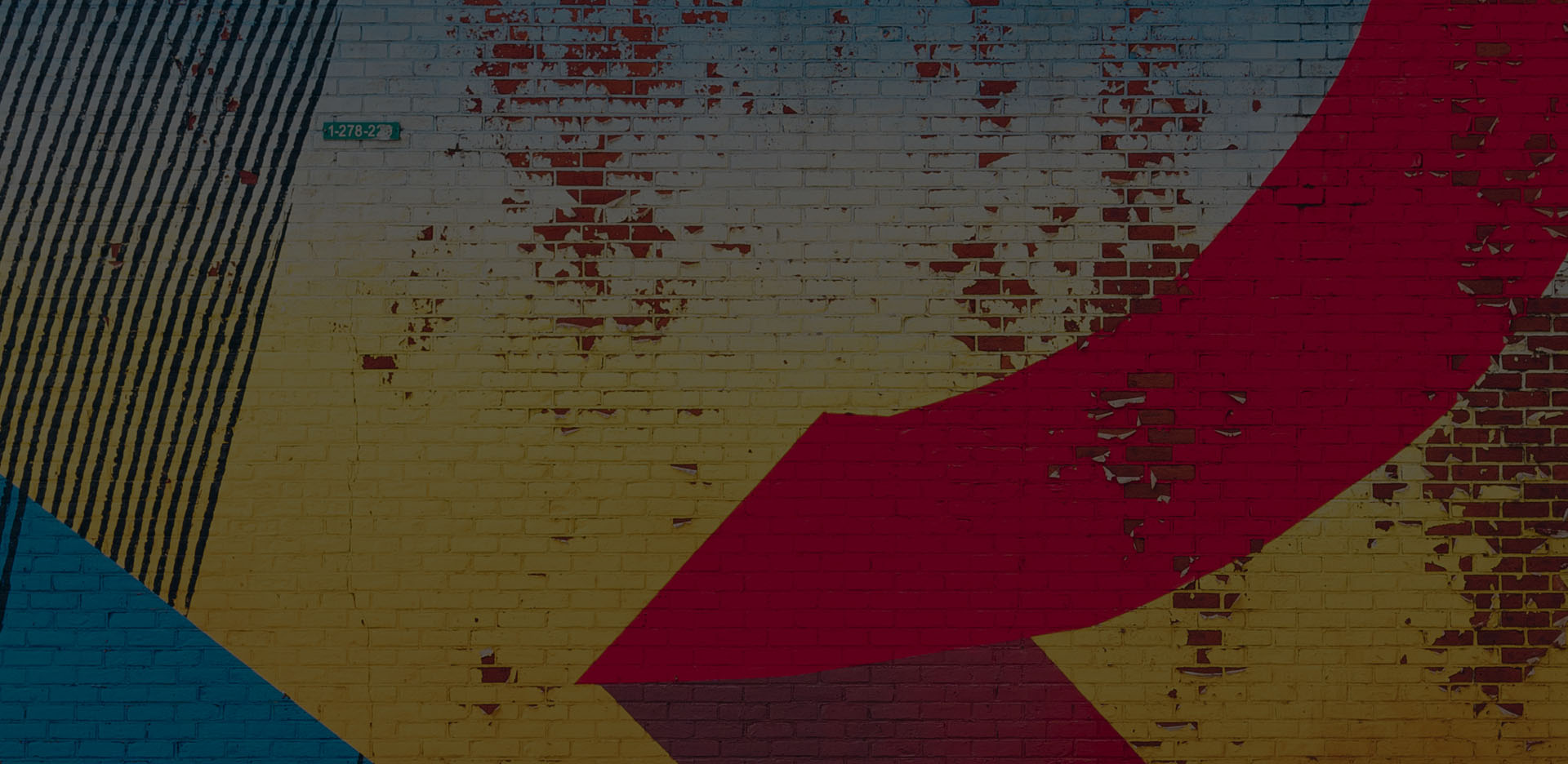


 Leer esta nota en Español
Leer esta nota en Español